Mozambique is the largest hydropower producer in Southern Africa
Drought constraints Cahora Bassa electricity generation
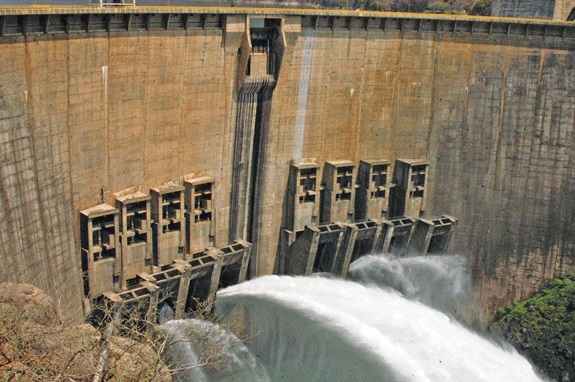
File photo
Hidroelectrica de Cahora Bassa (HCB), the company that operates the Cahora Bassa dam on the Zambezi river, in the western Mozambican province of Tete, produced almost 13.8 million megawatt-hours of electricity in 2017.
A Friday release from HCB said that the total production, of 13,778,414 megawatt-hours, was 6.76 per cent more than initially planned, but 11.53 per cent less than the amount of power generated in 2016.
The 2017 production was only 75.7 per cent of the dam’s installed capacity. Electricity generation was constrained by the low level of water in the upper and middle Zambezi.
Drought in the region, the release explained, meant that, at the start of 2017, the elevation of the Cahora Bassa reservoir was 312.22 metres above sea level, eight metres lower than normal. This was an “historically low level of water storage” behind the dam.
Management of the reservoir, the release said, “has been cautious, seeking a compromise between levels of electricity generation and the need to restore normal levels of water storage”.
By the beginning of 2018, the elevation of the reservoir had risen to 317. 69 metres “a better situation than at the beginning of last year”, HCB said, “but still three metres below the desired level”.
The target for HCB electricity generation in 2018 is 13.47 million megawatt-hours. This year sees the start of a five year strategic plan (for 2018-2022), which will see the start of capital expenditure of 500 million euros (602 million US dollars).
The capital expenditure plan covers a ten year period “based on an assessment of operational risk, and it covers a range of projects in the critical areas of the business, intended to increase HCB’s capacity to supply reliable and sustainable electricity at a competitive cost to the national and regional markets”.


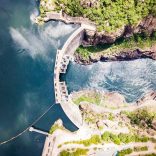

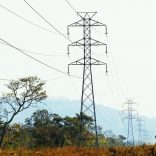

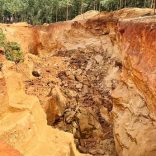
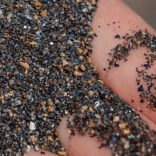

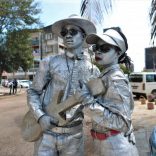
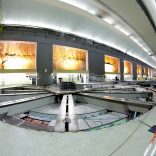


Leave a Reply
Be the First to Comment!
You must be logged in to post a comment.
You must be logged in to post a comment.